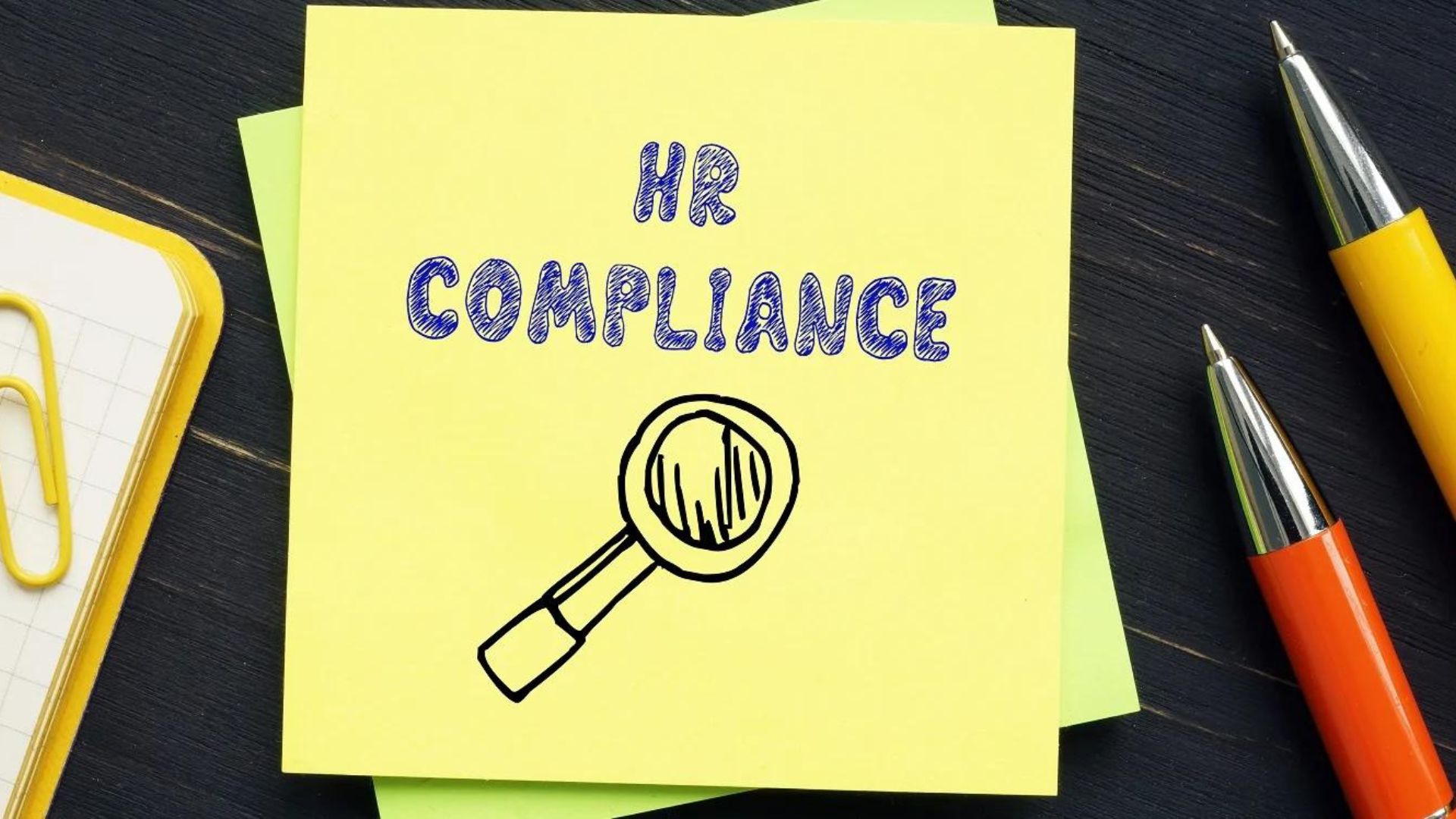Performance reviews are a crucial part of employee development. They provide an opportunity for managers and employees to reflect on achievements, discuss areas of improvement, and set future goals. However, conducting performance reviews can be challenging if not handled correctly. In this article, we’ll break down how to conduct performance reviews effectively, using strategies that promote clear communication and employee growth.
1. Preparing for the Performance Review
1.1 Gather Key Data
The first step in conducting a successful performance review is to be well-prepared. This involves gathering relevant data about the employee’s work performance, achievements, and any feedback received from colleagues or clients. Review past performance reviews, current job descriptions, and any performance metrics to form a clear picture of their progress.
1.2 Set Clear Objectives
It’s essential to set clear objectives for the performance review. Determine what you want to achieve from the discussion—whether it’s to acknowledge accomplishments, address areas of concern, or discuss career development. Having defined goals helps keep the review focused and productive.
2. Creating a Constructive Environment
2.1 Schedule the Meeting in Advance
To ensure both the manager and the employee are prepared, schedule the performance review meeting in advance. Give the employee ample time to gather their own data and thoughts. Avoid surprising them with last-minute reviews, as this can create unnecessary anxiety and hinder open communication.
2.2 Choose a Comfortable Setting
A comfortable, private setting is essential for a constructive performance review. Whether you’re conducting the review in person or remotely, make sure the environment is free from distractions. This helps create an atmosphere where the employee feels comfortable sharing their thoughts and receiving feedback.

3. Conducting the Review
3.1 Start with Positive Feedback
Begin the performance review by focusing on the employee’s strengths and accomplishments. Acknowledging their hard work and contributions sets a positive tone for the discussion. By starting with praise, you help the employee feel appreciated and motivated to improve in areas where feedback may be more critical.
3.2 Address Areas for Improvement
Once you’ve discussed the employee’s successes, it’s time to move on to areas that need improvement. Be specific when discussing performance issues, providing examples and concrete suggestions for how the employee can improve. It’s important to frame this feedback in a constructive way, focusing on the steps the employee can take to grow.
3.3 Encourage Two-Way Dialogue
Performance reviews should not be one-sided. Encourage the employee to share their perspective, voice concerns, and ask questions. Open dialogue fosters trust and gives both parties a clearer understanding of expectations and challenges. By actively listening, you’ll be able to address any underlying issues and work together to create solutions.
4. Setting Future Goals
4.1 Align Goals with Career Development
A performance review is an excellent opportunity to set goals for the future. Work with the employee to identify goals that are not only aligned with their role but also with their long-term career aspirations. This helps the employee feel more invested in their growth and demonstrates that you are committed to their success.
4.2 Create Actionable Plans
Goals without a plan can be overwhelming and unproductive. Break down larger objectives into smaller, actionable steps. Provide clear timelines, resources, and support that the employee can use to achieve their goals. Regular check-ins after the review will ensure they stay on track and continue to make progress.
5. Documenting and Following Up
5.1 Document the Review
After the performance review, it’s important to document the discussion and agreed-upon goals. This serves as a reference for both the manager and the employee and can be useful for tracking progress over time. Make sure the documentation is accessible and can be reviewed before future performance discussions.
5.2 Plan Regular Follow-Ups
Performance reviews should not be a one-time event. Schedule regular check-ins throughout the year to assess progress on goals, provide ongoing feedback, and offer additional support if needed. Continuous feedback helps employees stay aligned with expectations and fosters a culture of growth.
Conclusion
In conclusion, knowing how to conduct performance reviews effectively is vital for both employee growth and organizational success. By preparing thoroughly, creating a supportive environment, and fostering open communication, you set the stage for a productive conversation. Remember, performance reviews should be a balance of praise and constructive feedback, coupled with actionable goals for the future. When done right, performance reviews empower employees to reach their full potential and drive business success.




